How to Choose the Best Laboratory Balance for Your Needs
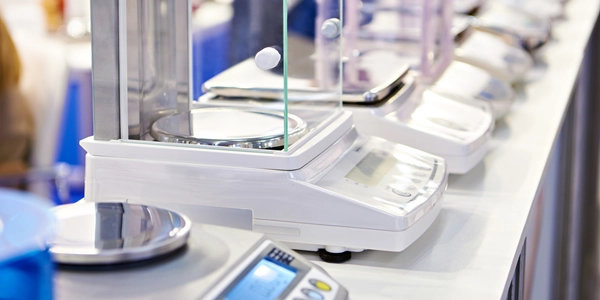
Laboratory balances are essential tools for any lab conducting quantitative analysis. From preparing solutions to weighing reagents and verifying sample masses, the right balance ensures accuracy, efficiency, and regulatory compliance. But with many types available—analytical, precision, micro, and ultramicro—how do you determine which one is right for your lab?
Below are the key factors to consider when selecting the best laboratory balance for your specific application:
1. Weighing Capacity and Readability
- Weighing capacity refers to the maximum load the balance can handle, while readability is the smallest increment it can display.
- Example: A balance with a 200 g capacity and 0.1 mg readability is ideal for analytical chemistry, while a 6 kg capacity with 0.01 g readability suits production QC environments.
- Tip: Don’t overpay for readability you don’t need. Match precision to your application.
Analytical balances (0.1 mg readability) are suited for e.g., fine chemical, and pharmaceutical work. Precision balances (1 mg to 100 mg readability) offer a good range for e.g., routine lab tasks. Semi-micro, micro and ultra-micro balances (<0.1 mg readability) are used for e.g., trace-level analysis in advanced R&D
Drafts, vibrations, and temperature fluctuations can affect performance. Look for: Balances with built-in draft shields, vibration dampening, or internal calibration features if your lab has uncontrolled environmental conditions.
Audit trails User authentication Electronic signatures Connectivity with LIMS or external software
Consider balances with intuitive interfaces, touchscreens, or guided calibration. Removable pans and easy-clean designs help ensure long-term accuracy and minimize contamination risks.
Internal calibration provides convenience and ensures ongoing accuracy. External calibration may be sufficient in budget-sensitive or non-regulated settings but requires certified weights and more manual steps.
7. Budget and Total Cost of Ownership
- While precision comes at a cost, don’t overlook warranty, service plans, and replacement part availability. A higher initial investment can reduce downtime and recalibration costs over time.
Conclusion
The best laboratory balance for your lab depends on your accuracy requirements, regulatory environment, and workflow needs. Taking the time to evaluate these factors will ensure you select a reliable tool that supports your lab’s goals and maintains data integrity.
Dec 03, 2025
Featured, Popular Products
The Importance of Spatial Imaging in Modern Research
Preserving spatial context to determine what molecules are present and how they interact in native environments
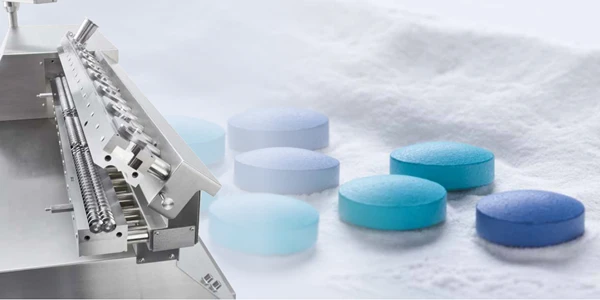
Dec 03, 2025
Featured, Popular Products
The Evolution of Continuous Processing in Pharmaceutical Development and Manufacturing
Ongoing advancements in technologies including hot-melt extrusion and twin-screw granulation will further accelerate the transition to continuous processing as the new standard in pharmaceutical development.

Dec 02, 2025
Featured, Popular Products
The Expanding Impact of Biolayer Interferometry on Antibody Development
Biolayer Interferometry (BLI) now sits at the center of modern antibody R&D - delivering kinetic, affinity, specificity, and competitive binding insights in a single streamlined platform.
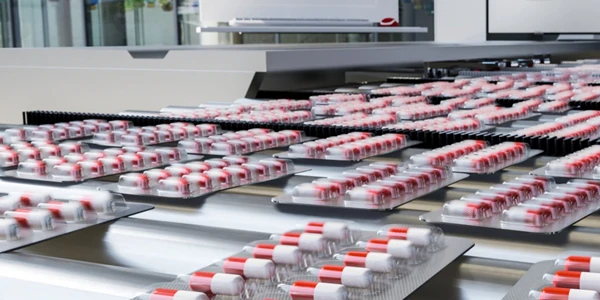
Nov 24, 2025
Buying Guides, Featured
Advanced Raman Spectroscopy and the Need for Rapid and Reliable Data in Pharma Testing
As the pharma industry continues to shift toward agile manufacturing, continuous processing, and real-time release testing, advanced Raman spectroscopy technologies are set to lead the way.

Nov 21, 2025
Featured, Popular Products
3D Cell Imaging and Analysis: How the Landscape Is Changing
Reshaping expectations for 3D cell imaging and analysis and driving the development of more integrated, automated solutions

Oct 29, 2025
Technical Insight
Advances in Scintillation Counter Design for Reduced Background Noise
New methodologies in ultra-sensitive radiation detection rely heavily on sophisticated physical and electronic design to achieve the lowest possible limits of detection in complex matrices.

Oct 29, 2025
Technical Insight
Selecting Scintillation Vials and Cocktails for Optimal Counting Efficiency
Expert guidance for laboratory professionals on achieving superior counting statistics and reproducible results by matching sample type with optimal vials and cocktails properties.
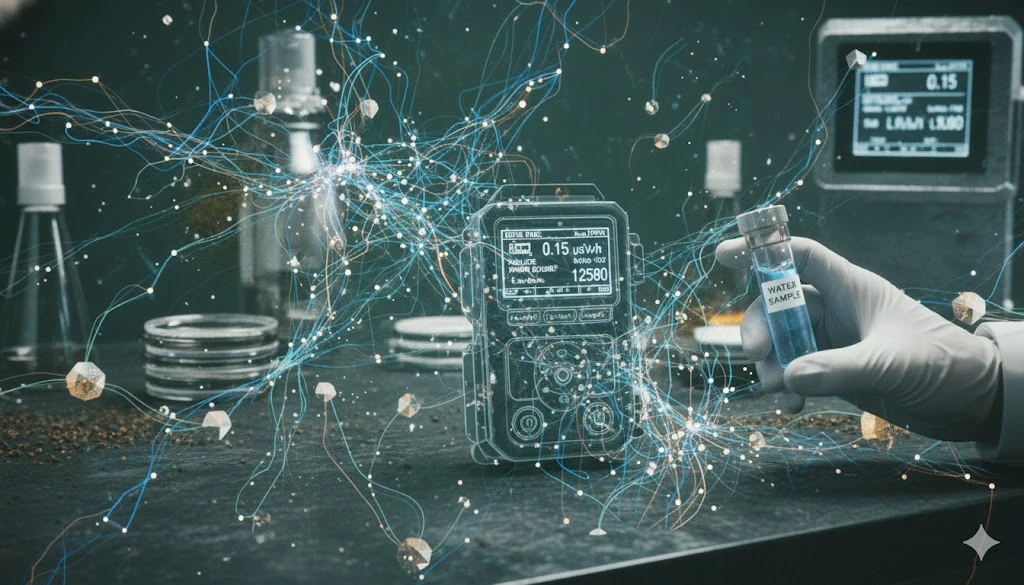
Oct 29, 2025
Technical Insight
Applications of Scintillation Counting in Environmental Monitoring
This comprehensive guide details how scintillation counting methods are essential for precise, low-level radionuclide detection across complex environmental monitoring matrices, ensuring regulatory compliance and scientific integrity.
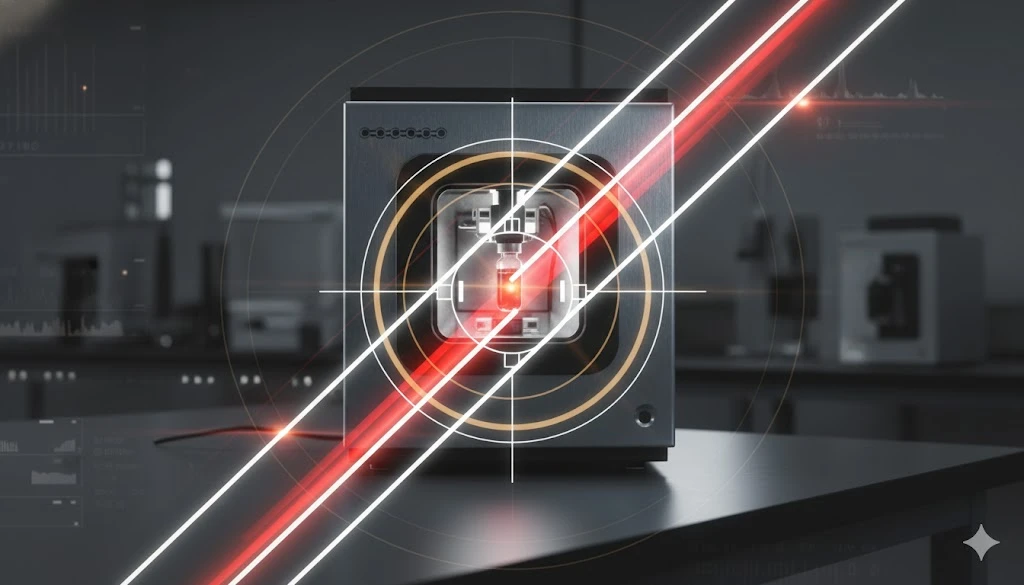
Oct 29, 2025
Technical Insight
Maintaining Scintillation Counters: Quench Correction and Efficiency
Comprehensive guide for laboratory professionals on the essential practices for maintaining scintillation counters, ensuring highly accurate and reproducible measurements.

Oct 29, 2025
Technical Insight
Liquid vs. Solid Scintillation Counting: Which Method to Choose?
A detailed analysis for laboratory professionals comparing the principles, sample preparation requirements, and operational considerations of liquid scintillation and solid scintillation counting.
